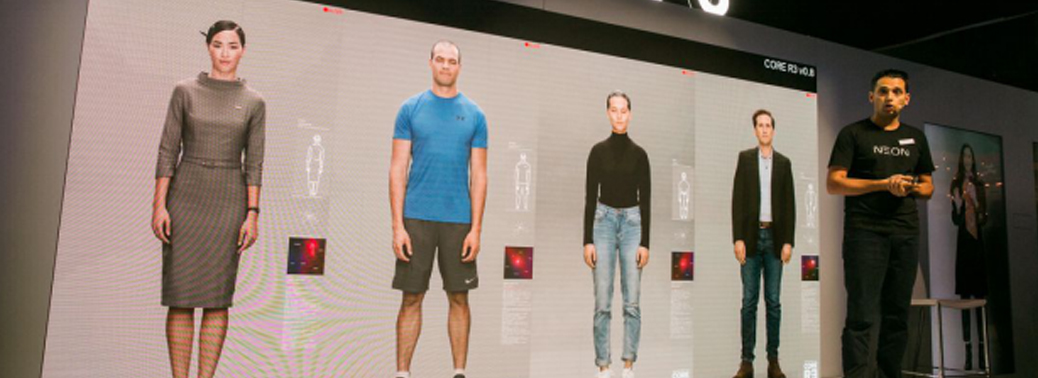VIRTUAL HUMAN’ NEON
18, Jan 2020

Prelims level : Robotics and Artificial Intelligence
Mains level : GS-III Awareness in the Field of Robotics.
Why in News?
- NEONs are being called the world’s first artificial humans. They look and behave like real humans, and could develop memories and emotions — though from behind a 4K display.
NEON:
- Star Labs is headed by India-born scientist Pranav Mistry who underlines that what was showcased at CES was the product of just four months’ work.
- The company says NEONs are computationally created virtual humans — the word derives from NEO (new) + humaN.
- For now, the virtual humans can show emotions when manually controlled by their creators.
- But the idea is for NEONs to become intelligent enough to be fully autonomous, showing emotions, learning skills, creating memories, and being intelligent on their own.
- Star Labs thinks they can be “friends, collaborators, and companions”, but all that is a few years away.
How does it work?
- There are two core technologies behind his virtual humans.
- First, there is the proprietary CORE R3 technology that drives the “reality, real time and responsiveness” behind NEONs.
- It is the front-end reality engine that is able to give you that real expression.
- The company claims CORE R3 “leapfrogs in the domains of Behavioral Neural Networks, Evolutionary Generative Intelligence and Computational Reality”, and is “extensively trained” on how humans look, behave and interact.
- But in the end, it is like a rendition engine, converting the mathematical models to look like actual humans.
- The next stage will be SPECTRA, which will complement CORE R3 with the “spectrum of intelligence, learning, emotions and memory”.
- But SPECTRA is still in development, and is not expected before NEONWORLD 2020 later this year.
NEONs Applications:
- NEONs are the interface for technologies and services.
- They could answer queries at a bank, welcome you at a restaurant, or read out the breaking news on television at an unearthly hour.
- This form of virtual assistance would be more effective, for example, while teaching languages, as NEONs will be capable of understanding and sympathizing.
How are they different from Virtual Assistants?
- Virtual Assistants now learn from all the data they are plugged into. NEONs will be limited to what they know and learn.
- Their leaning could potentially be limited to the person they are catering to, and maybe her friends — but not the entire Internet.
- They will not be an interface for you to request a song, rather they will be a friend to speak to and share experiences with.
- Currently, its developer doesn’t want NEONs to have collective memory, or to share data Among Themselves.






